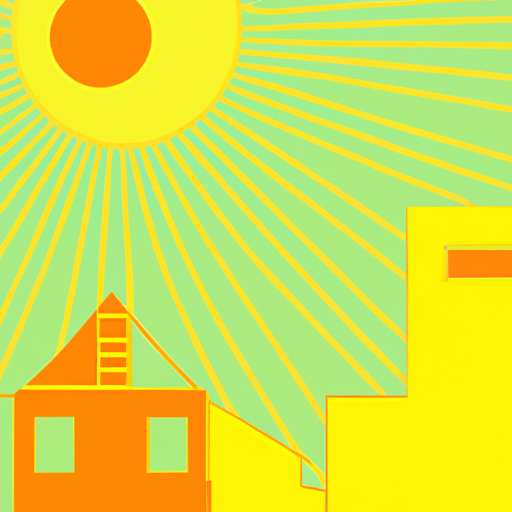As Denver experienced near triple-digit temperatures, 68-year-old Ben Gallegos, like many residents in the nation’s poorest neighborhoods, tried to cope without air conditioning. Like many, Gallegos is unable to afford air conditioning on his limited income.
This issue is becoming increasingly critical as climate change drives hotter and longer heat waves across the U.S., leaving the poorest Americans suffering the most. A Boston University analysis found that the poorest and people of color in 115 U.S. cities are far more likely to face grueling heat without air conditioning.
In the suburb of Globeville in Denver, where Gallegos lives, surface temperatures can be roughly 8 degrees hotter than in Denver’s wealthier neighborhoods, where vegetation cools the area. This disparity occurs nationwide. Researchers at the University of San Diego analyzed 1,056 counties and found that in over 70%, the poorest areas and those with higher Black, Hispanic and Asian populations were significantly hotter.
In Phoenix, nine people who died indoors during the city’s 27th consecutive day above 110 degrees didn’t have functioning air conditioning. Last year, all 86 heat-related deaths indoors occurred in uncooled environments.
While federal funding has been allocated to subsidize utility costs and the installation of cooling systems, experts say they often only support a fraction of the most vulnerable families and some still require prohibitive upfront costs.
As temperatures continue to rise, cooling costs will also increase, forcing many to make tough decisions about whether to use air conditioning or buy food, a choice being dubbed “AC or eat”.
This devastating situation underlines the critical need for effective strategies to combat climate change and ensure all citizens have access to basic necessities like cooling systems. It’s a poignant reminder of the broader impacts of climate change on society, particularly on vulnerable and marginalized communities.

